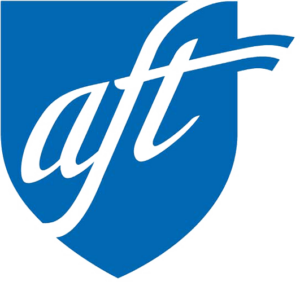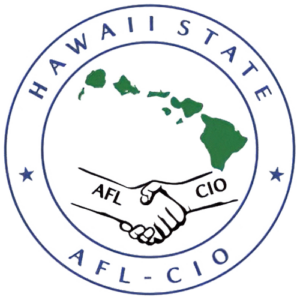Permitted Interaction Group (PIG) or Wild Pig
On Friday, September 10, 2021, the University of Hawai‘i Board of Regents posted their agenda and meeting materials for the September 16, 2021 meeting. Included on the agenda was the report of the Tenure PIG. Based on the February 18, 2021 BOR meeting, the Tenure PIGʻs purpose and scope was to review and investigate the issue of tenure in areas including the history and purpose of tenure at IHEs, particularly regarding the University of Hawai‘i (UH); the evolution of, and current views and developments on, tenure at institutions outside of UH; and the current process, criteria, and decision making on tenure at UH. We question Tenure PIG Chair Ben Kudo whether the report submitted by the Tenure PIG meets the purpose and scope of its original intention. Nevertheless, the following is UHPAʻs critique of the proposed changes to UH Regents Policy RP 9.202.
Donʻt Forget What We Stand For
The University of Hawaii was founded in 1907 under the Morrill Act of 1862 and 1890 which allows States to set aside federal lands to create colleges to benefit the agricultural and mechanical arts. These acts allowed for the creation of institutions of higher education focused on agricultural and mechanical arts without excluding other scientific and classical studies. Today, land grant universities across the nation offer many other academic fields of study in addition to those of their required foundational focus on agriculture and mechanical arts. While land grant university systems continue to evolve through federal legislation, the primary focus remains the same, which is the three-fold mission of its breadth, reach, and excellence in teaching, research, and extension. The University of Hawaii is one of the one hundred and twelve (112) land grant institutions across the nation. Instructional, research, and extension agent faculty all fulfill, meet, and contribute to the University of Hawaii fulfilling the original legislative intent, mission, and vision of the Morrill Act.
In addition, the 1969 Legislatureʻs transfer of the trade and technical schools from the Department of Education to the University of Hawaii Community College System ensured its continuation to fulfill the needs of Hawaiiʻs business and industry community. Today, there are seven (7) community college campuses across the State in which community college Faculty provide essential services and support to its students such as instruction, continuing education and training, academic support, and counseling.
We cannot and should not lose focus on the very foundation of why the University of Hawaiiʻs was originally created, how it has evolved, and what it stands for.
Wholesale Revamping the Faculty Classification System
The Tenure PIGʻs findings and recommended changes to RP 9.202 Classification Plans and Compensation Schedules is to simply reduce the type and number of tenure classification schemes to Tenured and Tenure Track Faculty, Librarians, Support Faculty and Extension Agents, Renewable Term Faculty, and Non-Compensated Faculty. According to the Tenure PIGʻs report, they believe these changes might improve, modernize, and simplify the tenure classification system without further details, criteria, objectives, goals, and even explanation as to how it will improve and modernize for the benefit of the University. Simplification in and of itself does not necessarily mean improving and modernizing. Furthermore, it makes the erroneous assumption that what Faculty do and perform on a daily basis is basically simple. As the saying goes, “If it were only that simple….”
Faculty are not interchangeable
Faculty are subject matter experts in their field of specialization and study which should be evident that each Faculty member brings to the table unique knowledge, skills, and expertise. In addition, the business and operational needs and demands of Faculty at the community college versus the four year campus are distinctly different and unique. Moreover, the Faculty at UH Manoa have different demands, expectations, and experience from the Faculty at UH-West Oahu and UH Hilo. Because Faculty are all uniquely different, the UH has classified them according to their field of specialization and study and has developed a unique classification system for the faculty at UH Manoa, the faculty at UH-Hilo and UH-West Oahu, and for the faculty at the Community Colleges. A simple glance at these classifications will reflect that there are different and diverse in the minimum qualifications and duties and responsibilities. Thus, whether you change the classification schemes from “I”, “J”, “M”, “C”, and “R” to “F” for Tenured and Tenure Track Faculty you will still need to develop a “sub-classification” schemes to outline and define the minimum qualifications and duties and responsibilities for the faculty position. This is essential for any organization since it plays an important role and factor in defining the hierarchy and salary structures of the organization. It systematically groups the workforce effectively as per their duties, responsibilities, skills, and experience, thereby ensuring proper uniformity to the structure of the organization. As the saying goes “You canʻt make a zebra by painting stripes on a horse.”
Making Faculty Universal
We question the reasoning and rationale behind the Tenure PIGʻs findings and recommended changes to RP 9.202 Classification Plans and Compensation Schedules. The 2 ½ page report is invisible on any clarification and/or details over the intent and desired outcomes for changing the faculty classification plans other than to reduce the type and number of faculty classifications. Is it the recommendation that all faculty at the UH be universal and equal among its peers? Will the community college faculty be now expected to be equal and in alignment with the 4 year campus faculty in regards to minimum qualifications, duties and responsibilities, teaching equivalencies, compensation, etc.? Is the intent to change all community college campuses into 4 year campusʻ like UH-West Oahu and UH-Hilo?
Impacting Support Faculty and Extension Agents
The Tenure PIGʻs findings and recommended changes to RP 9.202 Classification Plans and Compensation Schedules advocates that Support Faculty and Extension Agents who are not engaged in direct instruction shall not be eligible for tenure but may be eligible for employment security characteristic of other public employees. However, what those employment security characteristics are not described or defined, neither is defining how frequent or infrequent direction instruction must be performed to be determined as tenure or ineligible for tenure.
Nevertheless, we further question the Tenure PIGʻs recommendation and rationale on limiting tenure for Extension Agents when land grant universities are predicated on teaching, research, and extension especially in areas of agriculture and mechanical arts. We question if there was any examination of whether there was a problem with granting tenure to Extension Agents and the impact both negative and positive that will become of the recommendations. This matter should be examined if it wasnʻt as we should all be concerned about the impact this recommendation will have on the Universityʻs ability to fulfill its Extension promise. Bottom line is that we have many questions surrounding all of the Tenure PIGʻs recommendations and rationale.
Are We Top Heavy?
History will show that all great and successful universities are led by their faculty who view intellectual production and pedagogy as their primary mission for higher education and not profit margins and/or the doing more with less mantra. Unfortunately, over the past decade we have witnessed and experienced a growth and additional layers of administrators while our faculty positions and ranks have been diminishing under the premises of budgetary cuts. Data and statistics reflect that just during 2016-2019 executive/managerial (E/M) positions at the UH increased 27%. Woefully, during the period 2014-2021 UH faculty positions were decreased by 19%. Adding further to the problem is these newly minted administrators have no academic background or experience and are mainly career managers who either downplay or disregard the importance of teaching, research, and service. Sad to say but todayʻs modern universities are led by boards of corporate-minded regents and administrators who are profit-driven and entirely disconnected from faculty and the fundamental mission of why universities exist.



